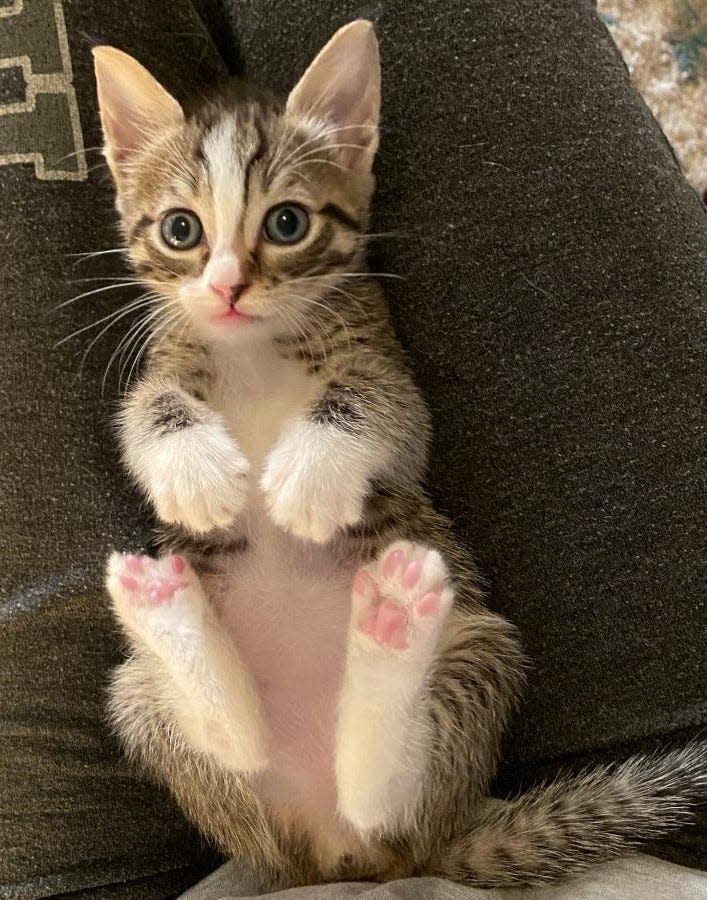MITSIE VARGAS: Chronic pain in cats can be hard to diagnose

Chronic pain in cats often goes undetected. Acute pain is easier to detect since it is a drastic change whereas chronic pain happens gradually and the cat and the owners both adapt to those changes.
Sadly, there are many misconceptions about how cats express pain and the direct influence that pain has on their behavior. Cats live in the moment, hence, when they experience pain they also develop anxiety and behavioral disorders due to their expectation of living in that state of pain in a continuum. Therefore it is up to us and their loving owners to find out if they are in pain and address it.
One of the common cat health issues we see in practice involves behavioral changes, inappropriate elimination, inter-cat aggression, over-grooming, insomnia, lethargy, decrease appetite, and changes in routine. After a thorough physical exam and performing diagnostic tests like bloodwork and X-rays, we can rule out many conditions and rule in pain as the root of the behavioral issues.
All declawed cats eventually develop chronic arthritis and joint pain from the abnormal gait created by the amputation of the third phalanx aka their fingertips. Luckily, declawing is becoming a thing of the past, and many cat advocacy organizations like the American Association of Feline Practitioners are taking a stand against it due to increasing evidence and research on the chronic pain it causes.
Other signs of chronic pain include reluctance to jump, and increased hiding. Although osteoarthritis is the most commonly recognized cause of pain, other conditions like bad teeth, interstitial cystitis, ulcers, dermatitis, diabetic neuropathy, pancreatitis, cancer, and IBD can create chronic pain.
Treating chronic pain and arthritis in cats has always been a challenge due to their sensitivity to medications like NSAIDs. The most popular prescription for pain is gabapentin because a lot of oral and osteoarthritis pain have a root in neuropathic pain signals. New advances in pharmacology have resulted in better products like Zorbium topical pain control that lasts four days. The only FDA-approved NSAID for use in cats is called Onsior and it is a very effective oral pill given for three consecutive days. Another new product that we are super excited to carry is the FDA -approved frunevetmab injection called Solensia, the first monoclonal antibody (mAb) new animal drug approved by the agency for use in any animal species. This is a once-a-month injection given at your veterinarian's office that will work with your cat's immune system to reduce the pain signals and it is paving the way into a future with safer pain control for our kitties. Solensia will work after the first injection but most studies revealed the optimal control comes after three months. All chronic pain can benefit from this treatment even though it is marketed for cat osteoarthritis.
Of course, in our practice, we use the integrative approach that includes acupuncture, laser, and herbal therapy in addition to other pain control medications as needed. Chronic pain management requires a multi-modal approach for a successful outcome.
Dr. Mitsie Vargas is at Orchid Springs Animal Hospital in Winter Haven. She can be reached at drv@osahvets
This article originally appeared on The Ledger: Behavioral changes can signal chronic pain in cats

